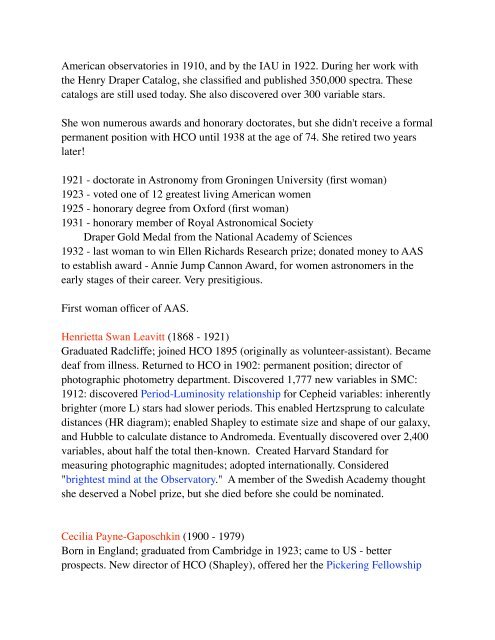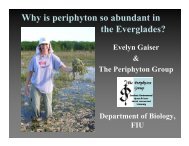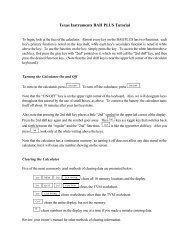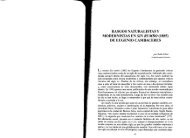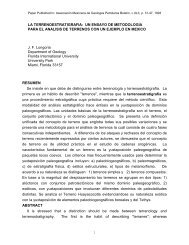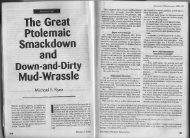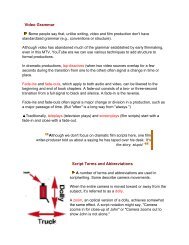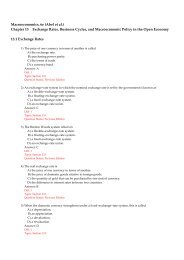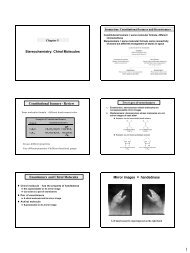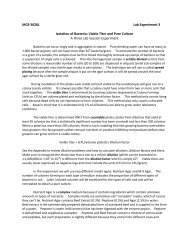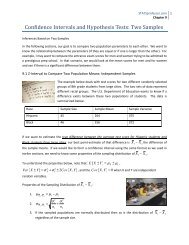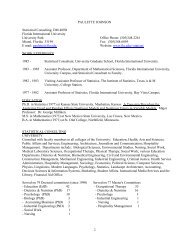Women in Astronomy En Hedu'Anna 2354 BC (Akkad/Sumer ...
Women in Astronomy En Hedu'Anna 2354 BC (Akkad/Sumer ...
Women in Astronomy En Hedu'Anna 2354 BC (Akkad/Sumer ...
Create successful ePaper yourself
Turn your PDF publications into a flip-book with our unique Google optimized e-Paper software.
American observatories <strong>in</strong> 1910, and by the IAU <strong>in</strong> 1922. Dur<strong>in</strong>g her work with<br />
the Henry Draper Catalog, she classified and published 350,000 spectra. These<br />
catalogs are still used today. She also discovered over 300 variable stars.<br />
She won numerous awards and honorary doctorates, but she didn't receive a formal<br />
permanent position with HCO until 1938 at the age of 74. She retired two years<br />
later!<br />
1921 - doctorate <strong>in</strong> <strong>Astronomy</strong> from Gron<strong>in</strong>gen University (first woman)<br />
1923 - voted one of 12 greatest liv<strong>in</strong>g American women<br />
1925 - honorary degree from Oxford (first woman)<br />
1931 - honorary member of Royal Astronomical Society<br />
Draper Gold Medal from the National Academy of Sciences<br />
1932 - last woman to w<strong>in</strong> Ellen Richards Research prize; donated money to AAS<br />
to establish award - Annie Jump Cannon Award, for women astronomers <strong>in</strong> the<br />
early stages of their career. Very presitigious.<br />
First woman officer of AAS.<br />
Henrietta Swan Leavitt (1868 - 1921)<br />
Graduated Radcliffe; jo<strong>in</strong>ed HCO 1895 (orig<strong>in</strong>ally as volunteer-assistant). Became<br />
deaf from illness. Returned to HCO <strong>in</strong> 1902: permanent position; director of<br />
photographic photometry department. Discovered 1,777 new variables <strong>in</strong> SMC:<br />
1912: discovered Period-Lum<strong>in</strong>osity relationship for Cepheid variables: <strong>in</strong>herently<br />
brighter (more L) stars had slower periods. This enabled Hertzsprung to calculate<br />
distances (HR diagram); enabled Shapley to estimate size and shape of our galaxy,<br />
and Hubble to calculate distance to Andromeda. Eventually discovered over 2,400<br />
variables, about half the total then-known. Created Harvard Standard for<br />
measur<strong>in</strong>g photographic magnitudes; adopted <strong>in</strong>ternationally. Considered<br />
"brightest m<strong>in</strong>d at the Observatory." A member of the Swedish Academy thought<br />
she deserved a Nobel prize, but she died before she could be nom<strong>in</strong>ated.<br />
Cecilia Payne-Gaposchk<strong>in</strong> (1900 - 1979)<br />
Born <strong>in</strong> <strong>En</strong>gland; graduated from Cambridge <strong>in</strong> 1923; came to US - better<br />
prospects. New director of HCO (Shapley), offered her the Picker<strong>in</strong>g Fellowship


